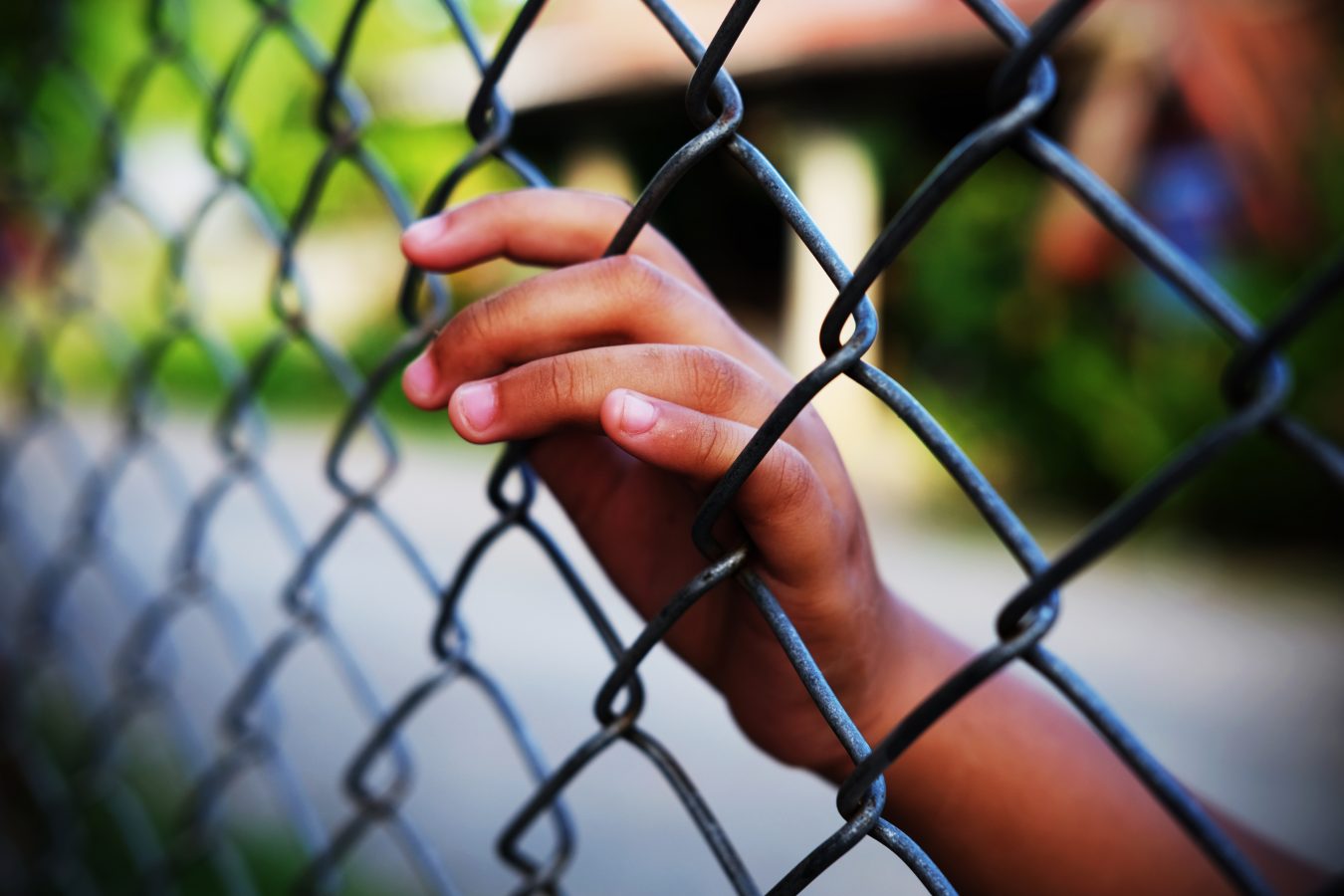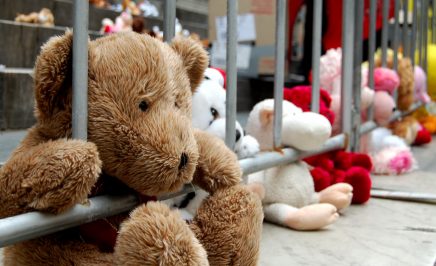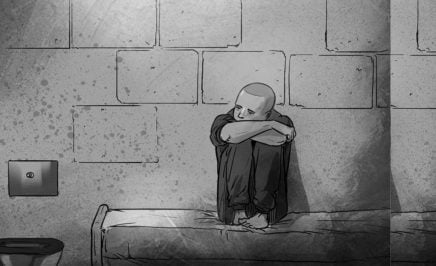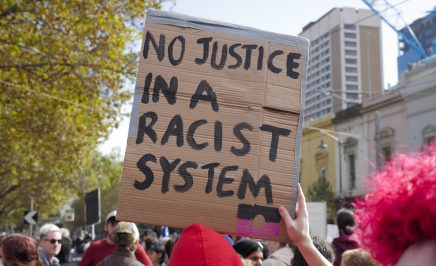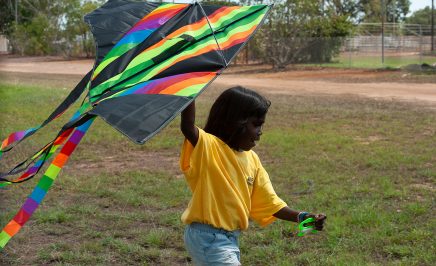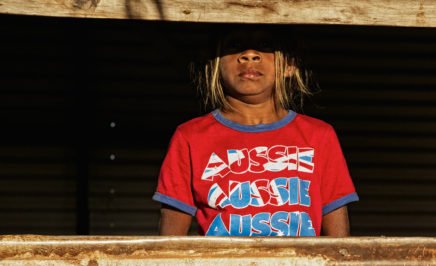The campaign to raise the age of criminal responsibility across Australia is gaining momentum, but what is currently happening and what does this all mean for human rights and Indigenous rights?
What is the age of criminal responsibility?
The age of criminal responsibility is the age in which a child is considered by law to have understood that their actions were wrong and can face criminal charges. All Australian states and territories have this age set at only 10 years old. This means that across Australia, police have the power to arrest, strip-search and imprison children who are only 10 – that’s typically a child in year 3 or 4 at primary school.
Australia has one of the lowest ages of criminal responsibility in the world – the global average is 14 years old. We have been repeatedly criticised by the United Nations, most recently by the Committee on the Elimination of Racial Discrimination, for failing to reform the current minimum age.
Many are actually unaware of the current age a child can be held criminally responsible for their actions; two thirds of Australians believe it to be 14.
Why is this an Indigenous issue?
Indigenous children are the most vulnerable and disadvantaged in the criminal justice system, they are disproportionately impacted and make up the vast majority of imprisoned children.
Indigenous children are locked up at 17 times the rate of non-Indigenous children, despite making up just 6% of the Australian population aged 10-17. Of all children under 14 imprisoned between 2017-2021, 65% were Indigenous and 68% hadn’t even been convicted of any crime.
Children as young as 10 are being incarcerated without conviction. Turning 10 should be something to celebrate, not fear.
These kids face a system which is already geared against them; decades of racism and bias woven into the fabric of the criminal justice system. The age of criminal responsibility being set so low creates a cycle of imprisonment and reoffending amongst Indigenous children who are already disproportionately represented in the criminal justice system.
Why do we need to raise the age from 10 to 14?
The reasons for reforming the current minimum age of criminal responsibility are clear.
- Medical science is not consistent with the current laws on childhood capacity. Contemporary research shows that children’s brains are still developing and they do not fully understand the consequences and severity of their actions. Suffering great emotional harm at such a formative age can inflict lasting damage upon the wellbeing of a child.
- Social science affirms the dangers of early contact. Locking kids up does not reduce the likelihood to offend. Instead, it steers them on a path towards reoffending – 94% of children imprisoned between the ages of 10 to 12 receive another prison sentence before they reach adulthood. Children who are forced into contact with the criminal justice system at a young age are also less likely to complete their education and find employment.
- Human rights law is clear. The United Nations Committee on the Rights of the Child has consistently said that countries should be working towards a minimum age of 14 years or older. Australia has been repeatedly criticised by the United Nations for failing to raise the age.
Doesn’t that mean kids will just not have to face consequences for their actions?
In short, no.
When children are forced through a criminal legal process, their health, wellbeing, and future are put at risk. Punitive approaches simply don’t work, and we know this. Imprisoning young people entrenches them in the criminal legal system and increases the likelihood of reoffending.
The current age of criminal responsibility does not prioritise ‘safety’ or ‘justice’, rather it risks the wellbeing and future of young children.
The good news is, there are proven alternatives to putting kids behind bars.
There are many programs that exist around the country that are focused on diversion, that is to divert children away from prison, by keeping kids connected to their communities and their culture, providing education support, counselling and behavioural support, and helping to address the root causes of behaviour. The programs that have the most success in keeping kids out of the system, are the ones that are community and Indigenous led, and the ones that prioritise justice reinvestment.
These programs focus on rehabilitation and reintegration by addressing the root causes of criminal behaviour in order to prevent lifelong interactions with the law, while also making sure children understand the consequences and harm of their actions.
Governments should be funding Indigenous-led solutions and community programs with a proven track record for having far better outcomes for children and communities.
What is being done to change this?
The federal government has shirked its duty to these children by asserting that it is a state issue. However, the Attorney General has the capacity to enact meaningful change and prevent many children from forming lifelong ties to the criminal justice system.
In 2021, 48 organisations including Amnesty publicly released submissions detailing the importance of raising the age and the dangers of early entry into the criminal system. 96% of these organisations highlighted the overrepresentation of Indigenous children as a predominant concern in their advocacy for lifting the age.
The Council of Attorneys-General should accept the evidence and submissions provided by these organisations and raise the age nationally.
How you can help
Right now, all states and territories are debating whether or not they should raise the age.
Politicians have the power to change the laws to keep children safe from prison and instead invest in the solutions that work. With the Federal Election around the corner, now is the time to call on the government to raise the age across the rest of the country. Together, we can apply pressure on those who have the power to make change.
Keep our kids in school, not prison. Our collective voice can challenge racism within the justice system so that our youth can have a brighter future.
As part of Amnesty’s 2025 Vision, we are committed to working with First Nations communities, partners and allies to secure justice and end the overrepresentation of young people in prisons within a generation. Learn more about our Indigenous Rights work.
